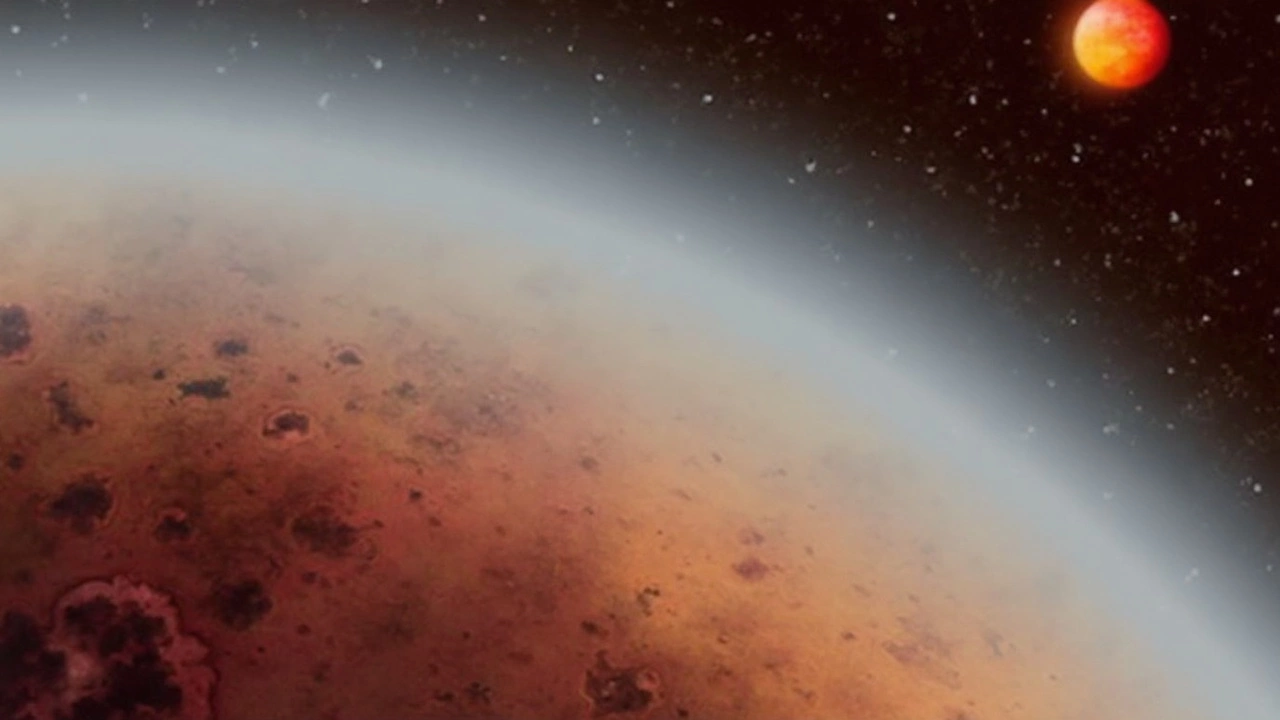
Intriguing Signs of Life on K2-18b
The universe might be teeming with life, or so recent discoveries with the James Webb Space Telescope suggest. Scientists have observed the most convincing potential biosignatures yet on a distant exoplanet named K2-18b. Located 120 light-years away from us, this so-called "Super-Earth" exhibits signs that have sparked exciting yet cautious conversations in the scientific community. At the heart of this discovery are gases called dimethyl sulfide (DMS) and dimethyl disulfide (DMDS), known to be produced by microbial life here on Earth, detected in volumes exponentially greater than those on our planet.
The groundbreaking research, spearheaded by University of Cambridge astronomer Nikku Madhusudhan, presents with a 99.7% confidence level the presence of these compounds. But while this data is precise, the implications remain speculative—scientific circles remind us that detecting these gases alone doesn't mean we've found aliens. K2-18b, which made its debut in science headlines back in 2015 courtesy of NASA's Kepler mission, is notably hefty, with its mass 8.6 times that of Earth and a size 2.6 times bigger, orbiting a red dwarf star.
This size and position categorize K2-18b within its star's habitable zone, where water could remain liquid—potentially making it a cradle for life. The telescope's observations also picked up on methane and carbon dioxide amidst this alien cocktail of elements, suggesting it might be a "Hycean" world, a term adopted to describe hot, ocean-rich planets draped in thick hydrogen atmospheres. The astronomical milieu here holds promise for microbial habitats, if not more complex beings.
Proceeding with Caution
Despite the stir, experts like Laura Kreidberg from the Max Planck Institute and Stephen Schmidt from Johns Hopkins University advise us to hold our horses. They emphasize that the intriguing gases might owe their existence to non-biological processes. Making matters clear, NASA has weighed in to reiterate that a single biosignature isn't a smoking gun for life beyond Earth.
Future examinations of K2-18b are firmly on agenda, with the mighty Webb telescope set to deploy its MIRI instrument for an even closer gaze. This will help confirm whether these potential life signs are the real deal or if there's another explanation lurking in the cosmos. For now, though, K2-18b remains a focal point for extending our quest to unravel the mysteries of life beyond our pale blue dot.
This could be the dawn of a new era in astrobiology. Observing potential biosignatures on habitable planets like K2-18b not only challenges our understanding of life but also expands our vision of where we might find it across the universe. As research presses on, this alien world remains a beacon for scientists keen on uncovering the links between deep space and life's origins.




